Electricity is something that has made progress and development of various industries possible. Today, industrial wires and cables of all kinds can be seen in all industries and environments, and it can be said that electricity is the most consumed source of energy in the world, and life without electricity is unimaginable in today’s society.
In general, the simple task of the power cable is to transfer this energy to different places. This power transmission enables power plants, computer networks, and various devices to operate.
The use of cable in electrical installations is so important and valuable that every day cable factories release a new type of cable with a different purpose to the market.
Wires and cables are practical and important equipment and are an integral part of high power networks and circuits. Wires and cables play a key role in our daily life and activities.
They are everywhere in our lives, from home wiring to MP3 players. These two devices have completely different concepts, but sometimes they can be confused.
There are thousands of types of cables that must be classified in order to understand them accurately. For classification, logical factors should be classified and main factors should be considered.In fact, there are eight main factors and their role in creating a classification, such as voltage class, conductor type and its construction, insulation and coating type, electrical protection type, mechanical protection type, number of wires, application type and standard.
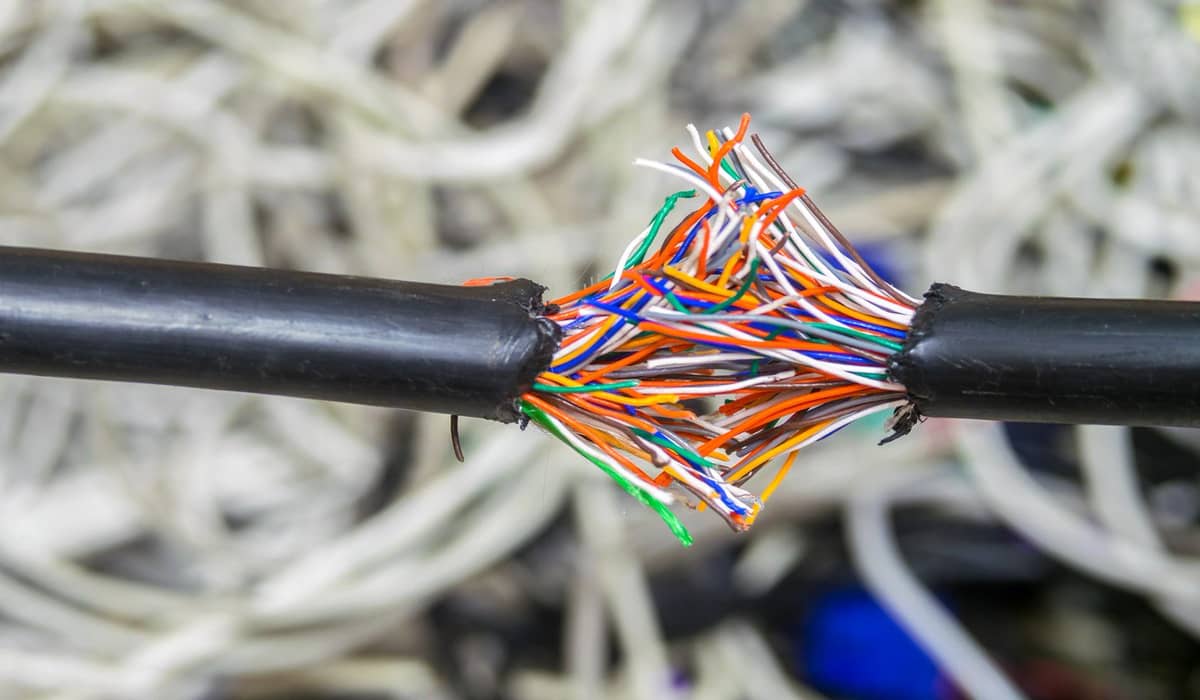
Normally, wires and cables are used to supply electricity and transfer electricity to different parts. One of the most important features of building electrical equipment is the wires and cables through which the current passes. These products have different types and are designed and produced in many fields.
As mentioned earlier, wires and cables are the foundation of construction, so you must be very careful in choosing these products and use wires and cables that are both good electrical conductors and have good insulation. It prevents damage to wires and cable cores and eliminates the risk of power outages.
Currently, in the electricity sector, especially in the low pressure industries, a large part of the distribution of electrical energy is done through wires and cables, which are devices that have a conductor to transmit electricity and insulators to prevent leakage, are used and protected around. . In some cases, cables are used to transmit medium and high voltage electrical energy.
Cables are widely used in electrical installations. In the definition of the cable, it can be said that any type of conductor can pass through it and be insulated so that the insulation surface voltage is zero compared to the ground and the phase voltage on the surface is zero.
Wires are called cables. Cables are like wires. Conductors are usually made of copper or aluminum.
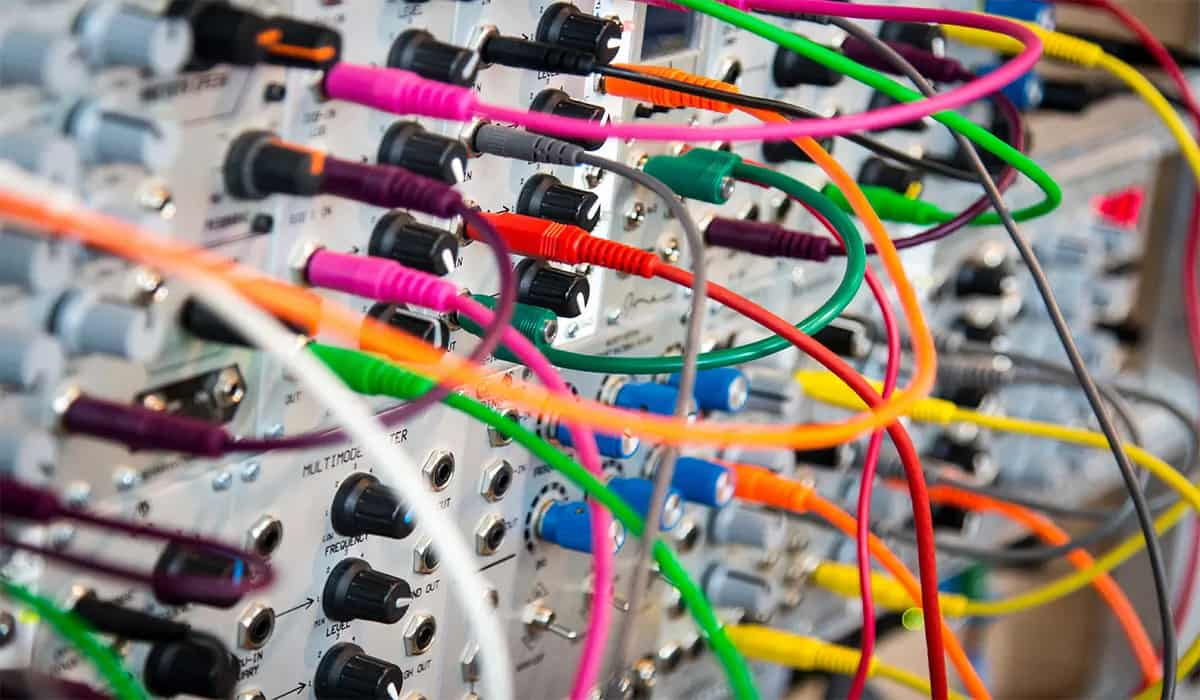
Different types of wires
Wires can be of different sizes and types of conductors. The terms wire and cable are often used interchangeably, but they actually mean two different things.
The wire is a flexible metal wire. A cable is two or more wires or other conductors with a jacket or sheath around them. In industry, wires are used to carry loads or transmit electrical and telecommunication signals. Several strands of steel wire are twisted together, which is called wire rope.
Steel ropes are usually used for lifting and hoisting loads. This article deals with the types of wires used in electrical wiring, including wiring and telecommunications.
solid
Solid wire, also known as solid wire or single strand wire, consists of a single piece of metal wire, usually surrounded by a protective sheath. It is usually used for circuit board wiring.
It is cheaper to make than stranded wire. Solid wire is less susceptible to corrosion because it has less surface area exposed to the environment. Use when less flexible wiring is required, such as building infrastructure, vehicle control, and outdoor applications.
Fuse
A fuse has a lower resistance that allows normal current to pass safely, but if a short circuit occurs that causes a higher voltage current to flow, the fuse cannot handle the heat so it melts and destroys the circuit. .
This breaker protects other electrical equipment from short circuit current. Electric fuses are solid wires made of low melting point alloys.

magnet wire
Enameled wire, also known as enameled wire, is a solid wire, usually made of copper, that is insulated with a very thin coating instead of the thicker plastic or other insulation normally used on wire. .
These dense coils are used in applications such as inductors, transformers, motors, electromagnets, and speakers.
wandering
Stranded wire consists of several thin wires that are placed or twisted together. Stranded wire is more flexible than solid wire and more resistant to metal fatigue.
It is used for short connections in many printed circuit equipment, as the stiffness of the solid wire can cause excessive stress during assembly or repair. Stranded wire is also used in applications such as AC power cord, musical instrument cables, welding electrode cables, and computer mouse cables.
Litz wire
Leitz wire is a twisted wire used in electronic equipment to transmit alternating current (AC) at radio frequencies. It consists of many thin strands of wire that are individually insulated and twisted together, often entangled in multiple layers.
Litz wire is used in radio transmitters and receivers operating at low frequencies, induction heating equipment, and switching power supplies. The name “Litz” is derived from the German word “Litzedraht” which means woven/twisted or braided thread.

tin wire
Metal wire is a type of wire that is more resistant to metal fatigue than solid wires or other strands. It is used in applications that require high mechanical flexibility but low current carrying capacity, such as telephone lines, headsets and small devices.
It consists of several strands of thin metal foil wrapped around a soft nylon or textile core. Several wires are usually wrapped with insulation to form a conductor. Several conductors make up the wires of a round or flat cable.
Woven
Woven yarn is woven from several small yarns. Like stranded wire, braided wire is a better conductor than solid wire. They do not break easily when bent. Braided wire is often used as electromagnetic shielding in noise reduction cables.
wires
Harnesses are bundles of wires or cables that can have a variety of external packaging materials, including braids, expandable sleeves, military straps, spinal wraps, and cable ties. Wiring harnesses simplify the installation and organization of electrical systems.

Different types of cables
You’ve probably seen the different sizes and cables used to carry electricity from power plants to our homes. In this article, we will learn more about these cables and their different types.
What is a cable?
As mentioned earlier, a cable is a set of insulated wires in a jacket. Typically, a cable has at least one hot wire to carry current, a neutral wire, and a ground wire. Cables are classified based on the number of wires they contain and their size/gauge.
Cables are identified by a series of letters followed by a number, a space, and another number. The letters indicate the type of insulation. The first number indicates the resistance of the wires in the cable.
The number after the dash indicates the number of individual conductors in the cable. If G follows the last number, the cable is also equipped with a non-current-carrying ground wire.
Electric cables consist of three main components: conductor, dielectric and sheath. The direction of the current in the cable is provided by the conductors.
An insulator or dielectric that resists operating voltage and separates current-carrying conductors from other objects. This jacket does not allow the penetration of moisture and protects the cable against all external influences such as chemical or electrochemical attacks and fire.
Different types of cables are available everywhere for different applications. The performance of the cable depends on the type of cable. The cable is made of aluminum or copper wire, protected by an insulating cover made of synthetic polymer.

Cables are divided into the following 5 types based on their use:
ribbon cable
It consists of several parallel insulated wires that are used to transmit multiple data simultaneously. For example, it is used to connect the CPU and motherboard, and it is generally used to connect network devices.
Protective cable
It consists of 1 or 2 insulated wires covered by a braided shield or aluminum foil to transmit a better signal and eliminate power frequency irregularity and external interference in the radio. These cables carry high voltage currents and are protected by a screen.
Twisted pair cable
It has two or more insulated copper wires that are wrapped around each other and are color coded. These types of wires are usually used in telephone cables, and the resistance to external interference can be measured by the number of wires.
Coaxial cable
It consists of solid copper or copper-clad steel conductors wrapped in metal tape and metal tape. It is completely covered by a protective insulating jacket. These types of cables are used in computer networks and audio and video networks.
Fiber optic cable
There are these types of cables that carry optical data signals from a light source connected to a receiving device. We know what optical fiber is and how it is used in various applications.

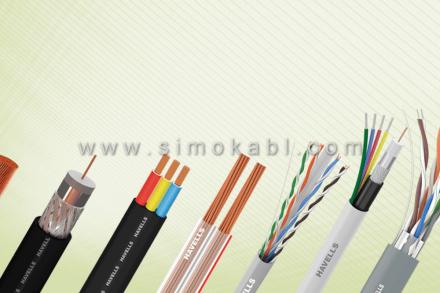
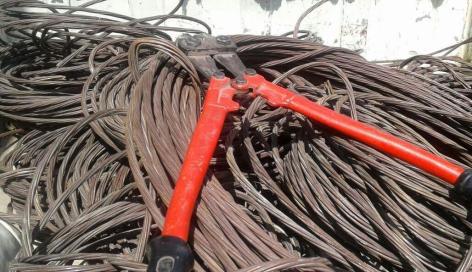

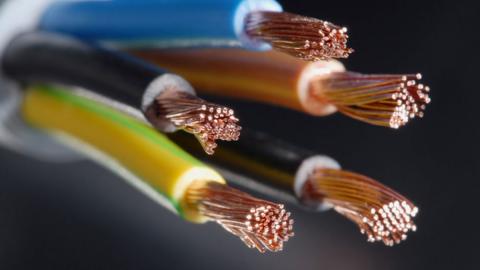
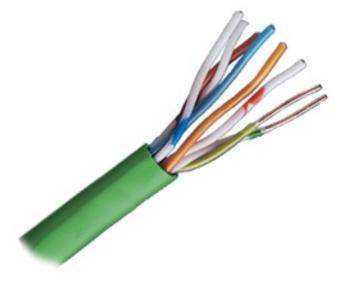
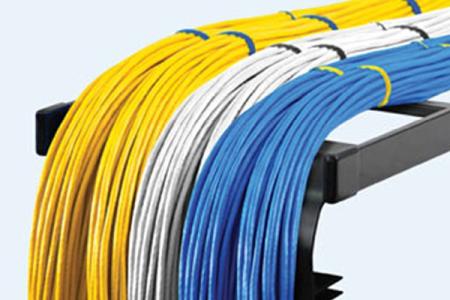
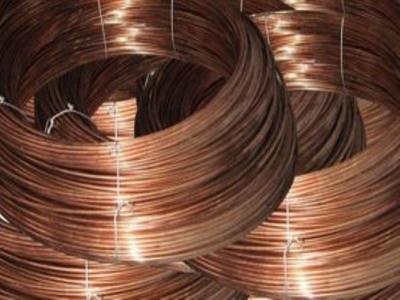

Your comment submitted.